The content of the article
Pathologies of the gallbladder and its ducts are among the most common diseases to date. But, unfortunately, in most cases they are treated only by surgery. Among the main causes that can cause dysfunctions of this important organ are malnutrition. It often leads to obesity. An inherited predisposition, as well as addictions, increases the risk of the disease.
It is known that smoking negatively affects not only the health of a person exposed to this habit, but also harms those who are forced to inhale toxic fumes. Therefore, the question of the patient's ability to smoke after surgery, as a result of which the gall bladder was removed, is not even discussed by doctors.
After cholecystectomy (surgical removal of the gallbladder), the patient’s lifestyle is accompanied by a number of limitations. Nicotine addiction during this period can very quickly worsen a person’s condition. Therefore, it is better to forever give up cigarettes.
What factors increase the risk of disease
Basically, all pathologies of the gallbladder are caused by a violation of the functions of this organ. The following factors can provoke stagnation of bile:
- Biliary dyskinesia (motor disorder).
- Anomalies in the structure of the organ (kink).
- Changes in the chemical composition of bile (may be caused by infection, external negative effects).
- Impaired functioning (e.g. calcification of the walls of the bladder).
- If the normal outflow of bile is prevented by tumors, stones, polyps.
Stagnation of the gall secret over time leads to the development of such serious pathologies:
- cholecystitis;
- cholangitis;
- cholelithiasis;
- polyposis.
Due to the fact that at the initial stage of the disease all of the listed congestive phenomena of the gallbladder proceed without acute symptoms, their diagnosis is difficult. Usually pathology is detected when external signs begin to manifest sharply.
Main symptoms
The complexity of the pathologies of the gallbladder and excretory paths consists precisely in the difficulty of their diagnosis. An accurate diagnosis can be made only after a whole complex of instrumental research methods: MRI, ultrasound, CT and other techniques. But there are symptoms that should alert any person. These signs, signaling the ill health of an important organ of the digestive system, include:
- heartburn;
- a feeling of bitterness in the mouth;
- soreness in the right hypochondrium, extending to the area of the shoulder blade and shoulder;
- upset stool (constipation or diarrhea);
- severity in the epigastric region;
- air burping;
- nausea, vomiting is possible.
All these unpleasant clinical manifestations indicate abnormalities in the gallbladder. In severe cases, characteristic “icteric” signs may appear: yellowness of the sclera of the eyes and skin. In case of joining the infection process, a high temperature appears, rashes on the skin are possible.
Smoking can exacerbate all of these symptoms. In addition, a bad habit always accompanies the progression of pathology.
What changes occur after surgery
The normal functioning of the gallbladder provides the digestive processes with a sufficient amount of secretion, which destroys pathogenic microflora. After cholecystectomy, the release of bile is significantly reduced, and it follows that the antibacterial effect is also reduced.As a result, pathogenic microflora are calmly populated in different parts of the gastrointestinal tract, disrupting its normal functioning. All this negatively affects digestion and worsens the well-being of the patient.
After removal of the gallbladder, the load on its ducts increases, which is also fraught with complications. During this period, it is necessary to help the body adapt to new conditions, and smoking can only aggravate the already unstable condition of the patient. The chemical components that make up cigarettes do not contribute to recovery, but only increase the manifestation of negative symptoms. Smoking during this period can provoke an exacerbation of gastritis and cause inflammation of the small intestine.
Why not smoke after gallbladder removal
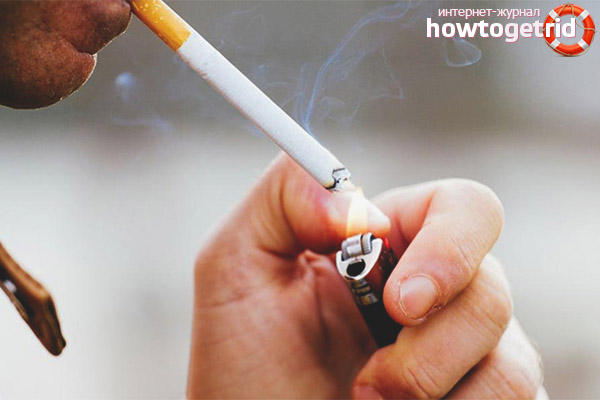
Doctors recommend quitting smoking. Because this addiction has a number of very serious consequences. Patients who have undergone cholecystectomy are especially vulnerable. The features of this operation were discussed above. And now we’ll once again list the complications that nicotine addiction can lead to during the rehabilitation period.
- After removal of the gallbladder, the body's immune forces are significantly reduced. Therefore, in the early stages of rehabilitation, there is a great threat to the development of any infectious process. Smoking will greatly contribute to the negative course.
- After surgery, the risk of developing gallstone disease increases. Nicotine addiction in this situation can be a kind of trigger for starting this process. Even regular inhalation of tobacco smoke can result in the formation of calculi. And this threatens with a second operation.
- Since the absence of an organ entails a restructuring of the work of the whole organism, smoking can provoke any coronary disorders, including stroke and heart attack. This negative habit can contribute to the development of pneumonia and other serious respiratory diseases.
Recommendations
Strengthen the body's defenses a special set of exercises developed by specialists of exercise therapy. The regime of the day with the obligatory inclusion of pauses for a good rest will also benefit the person who underwent such a complicated operation.
It is clear that smoking and strong drinks in the daily routine of the patient simply do not have a place. If you follow all the precautions, then life after removal of the gallbladder can proceed quite fully. But for this you need to forever part with the addiction.
Video: how to eat after gall bladder removal


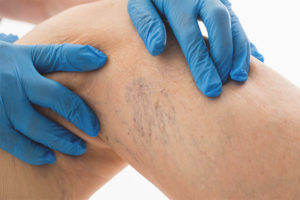
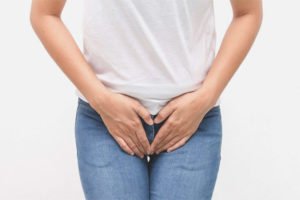
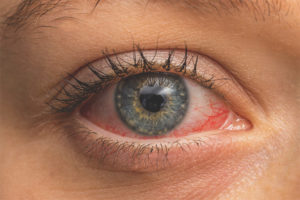


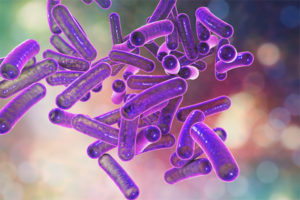
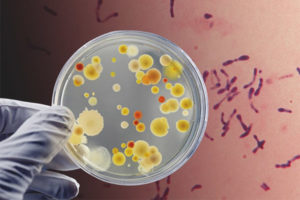

Submit